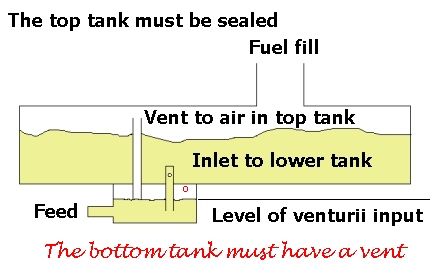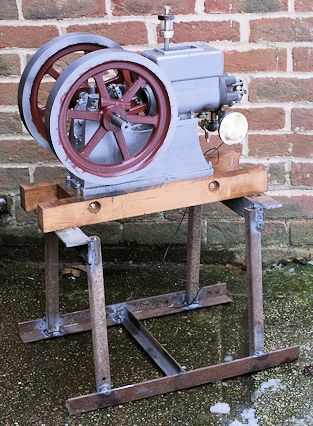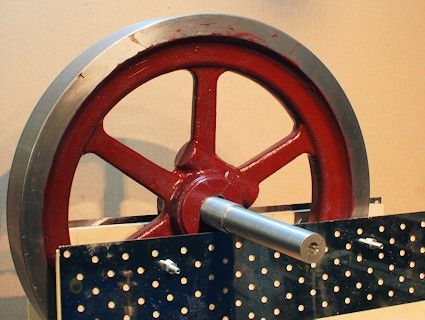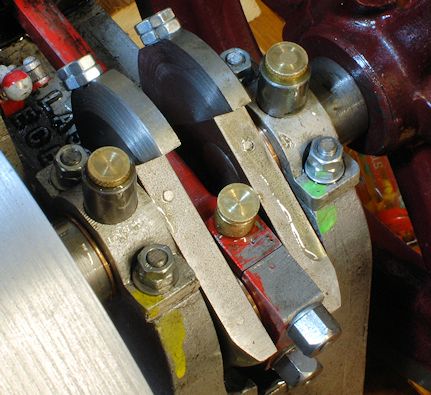Charles, you are right, it is not in fact possible to balance a single cylinder engine by simply adding balance weights. Ignoring the effects of connecting rod length, when we add balance weights we are trying to balance a reciprocating motion with a rotating one. If the balance weights are big enough to balance out all of the reciprocating mass, we end up with an out of balance force just as big, but at right angles to the original. eg for a horizontal cylinder, we could balance out all the horizontal out of balance force, but would end up with a vertical one just as big.
So practically we only try to balance out part of the force. The best factor to use actually depends on the mountings of the engine and the way it is used…65% used to be not uncommon for single cylinder motor bikes, where a horizontal out of balance force is often preferable to a vertical force, but plenty of other factors were used. Anything in the range around 50% is worth a try. There is no one general ideal factor for all cases, although for any given case there will be a best compromise. For bikes, fiddling with the factor can make it better at a chosen cruising speed, at the expense sometimes of being worse elsewhere. A typical single cylinder motorcycle can have an out of balance force of the order of 1 ton or so, or about 10,000 Newtons for the purists
We can of course balance all of the rotating masses, so the resulting balance weights will balance all of the rotating mass, including the rotating component of the connecting rod, and some part, around the 50 to 65% range of the reciprocating masses. For the kind of engine under discussion this is not going to be too critical, for a motorbike it can be the difference between a pleasant ride and numb feet. Steam engines often make no attempt at all, but at low speeds this is no problem.
The balance weights should be equally disposed either side of the piston, as otherwise we will introduce a rocking couple. This should not be a problem with a twin flywheel engine, or with one where the weights are on the cranks.
regards
John
John Olsen.











